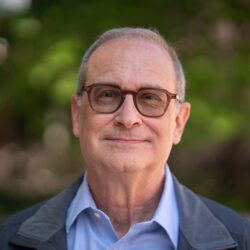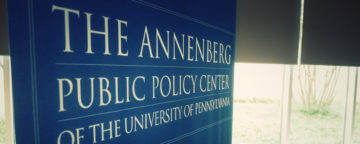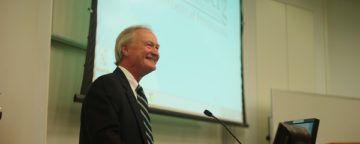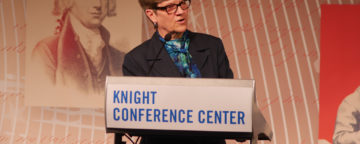Parents can become desensitized to violence and sex in movies after watching only a few scenes with disturbing content, according to a new study published in Pediatrics that was conducted by researchers at the Annenberg Public Policy Center. The study comes as scenes of sex and violence become more prevalent in movies aimed at youth. A 2013 study in Pediatrics from APPC researchers showed that the amount of violence in PG-13 movies tripled in the most popular movies since 1985.










